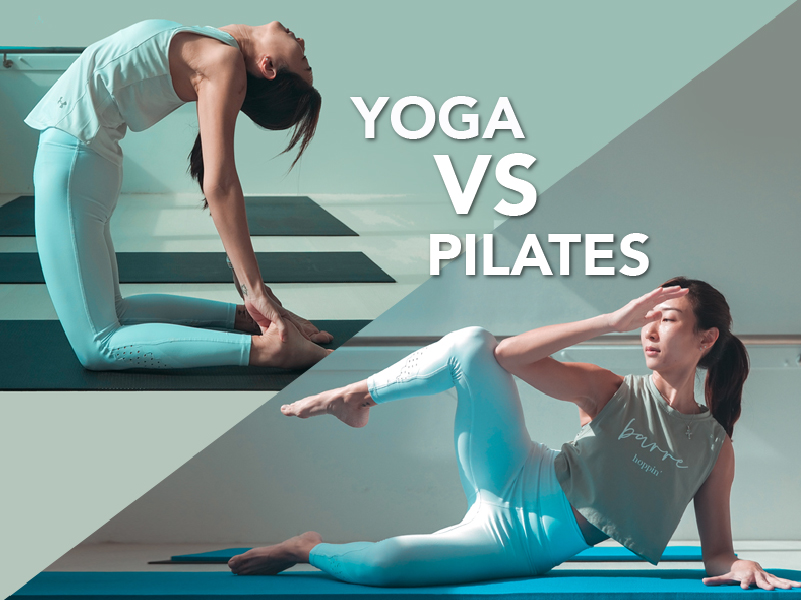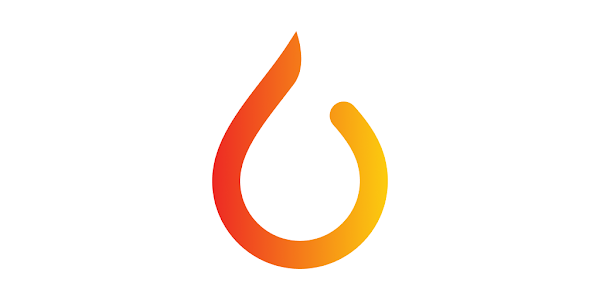
While there are many benefits of mula bandha, it is best to avoid performing it while pregnant. Breathing difficulties can hinder the baby's oxygen supply because the uterus prepares for the arrival. This problem can be avoided by having pregnant women learn yoga from a qualified instructor.
Moola bandha
The Moola Bandha is a fundamental yogic stance that balances your pelvic floor muscles. It increases the flow of Apana Vyu, which is the vital energy responsible to our elimination. It helps to strengthen the lower back and pelvic floor muscles, making asanas more comfortable.
To achieve this pose, engage the perineum by bringing one foot underneath the other. This causes the apana Vayu to move up. This activates the Mooldhara Chakra. It can be done for as long as you are comfortable, and for no more than five minutes.

Moola bandha kumbhaka
Moola Bandha can be described as a form kumbhaka yoga. It helps us direct our prana (or psychic energies) upwards. It is a powerful exercise and requires awareness of two points: mooladhara and ajna.
The Perineum or pelvic floor is the equivalent to the spine. It consists of two parts: the perineum (muscular area between the anus (genitals)) and the pubococcygeal muscle (PC), which runs from the pubic bone (tailbone) to the coccyx. The PC muscle locks the prana into the body. We can use the Moola bandha to move our prana through the pelvic floor into our pelvis, and into the sushumna (subtle equivalent to the spine).
Moola bandha root
Moola Bandha is a type of yoga that targets the pelvic nerves as well as the uro-genital system. It can help with depression and improve health. It can also help us achieve kundalini awakening by realigning our physical, mental, as well as psychic bodies. This asana strengthens the pelvic floor muscles, protects the lower back, and is essential for the spine. It also helps us achieve balance and comfort in asanas.
You should be able to comfortably sit in Padmasana, or a cross-legged position, in order to practice Moola Bandha. Exhale then and rotate your spine toward the ceiling. Do this until you feel your energy drawing upward naturally without straining. You can achieve Moola-bandha by focusing on your trigger.

Moola bandha jerkiness
Moola-bandha can relieve a variety bodily and psychological ailments. It involves the contraction of the perineum, the region between the anus and genital organs. The puboperinealis muscles is the major muscle involved in Moolabandha. It helps the pelvic organs work efficiently and improves circulation. It also increases awareness of genital stimuli.
FAQ
Do you offer yoga classes for those with special needs?
Yes, yoga studios offer specialized classes for people with disabilities. These include:
-
Physically challenged individuals who want to improve their posture
-
People with limited mobility
-
Individuals suffering from arthritis
-
Patients who are recovering after injuries
-
The elderly
Encourage your friends and family to sign up for these classes if they are interested.
Is there a lot of sweating involved in yoga?
It depends on the type of yoga that you practice. Vinyasa flow yoga (or power yoga) involves a lot jumping, twisting or turning movements. This makes it common for people who practice to sweat heavily.
Hatha yoga is a different type of yoga. It focuses on forwarding bends, and twists. Most practitioners won't sweat much because these poses aren’t too strenuous.
How long do yoga classes take?
Yoga classes typically last between 45 and 90 minutes. Some teachers offer shorter or longer sessions at different times throughout the week.
Does yoga have any effect on pain management?
For those suffering from chronic back pain, yoga might be an effective treatment. They are able to improve flexibility, balance and strength, as well as their stress levels.
Before you start a yoga program, make sure to consult your doctor.
Statistics
- According to calorie estimates calculated at Harvard Medical School, the average 125-pound person burns about 120 calories in a half hour of hatha yoga, and a 185-pound person burns about 178 calories in that half hour. (everydayhealth.com)
- A 2020 review of 27 studies (1,805 total participants) of yoga interventions in children or adolescents found reductions in anxiety or depression in 70 percent of the studies, with more promising results for anxiety. (nccih.nih.gov)
- About one in seven U.S. adults practiced yoga in the past 12 months, according to a 2017 national survey. (nccih.nih.gov)
- According to the Agency for Healthcare Research and Quality, falls are incredibly common among older adults in nursing facilities. Even the simplest ones can increase the risk of death (24). (healthline.com)
- In comparison, a 125-pound person is estimated to burn 135 calories in 30 minutes of walking (at a pace of 15-minute miles) and 210 calories bicycling at a moderate pace on a stationary bike. (everydayhealth.com)
External Links
How To
Can yoga help with menopause symptoms?
Yoga is an ancient practice that originated in India and focuses on stretching, breathing, and meditation. It has been practiced for thousands of years as a way to stay fit. It is becoming increasingly popular as people look for ways to stay fit and healthy in times of stress and illness.
Yoga is about using physical positions (asanas), to strengthen muscles, improve posture, and increase flexibility. This helps to relieve tension and build strength and stamina.
There are many kinds of yoga. Each type focuses on specific aspects of the body, such as breath, stretching, and relaxation.
The aim of all forms of yoga is to achieve balance within the body and mind. Yoga offers many benefits including better fitness, weight loss (weight loss), improved sleep quality and increased energy.
Numerous studies have shown that yoga is beneficial for conditions like anxiety, depression, or insomnia. However, there is little conclusive evidence of its effectiveness for other health issues such as menopausal symptoms.
Yoga can help you feel happier and healthier, as well as teach you how to relax in stressful situations. This could be very helpful for menopause.
It is important to note that yoga can cause muscle soreness after exercise, so starting at a low-intensity level is wise. Before you start yoga, talk to your doctor about any concerns you may have.